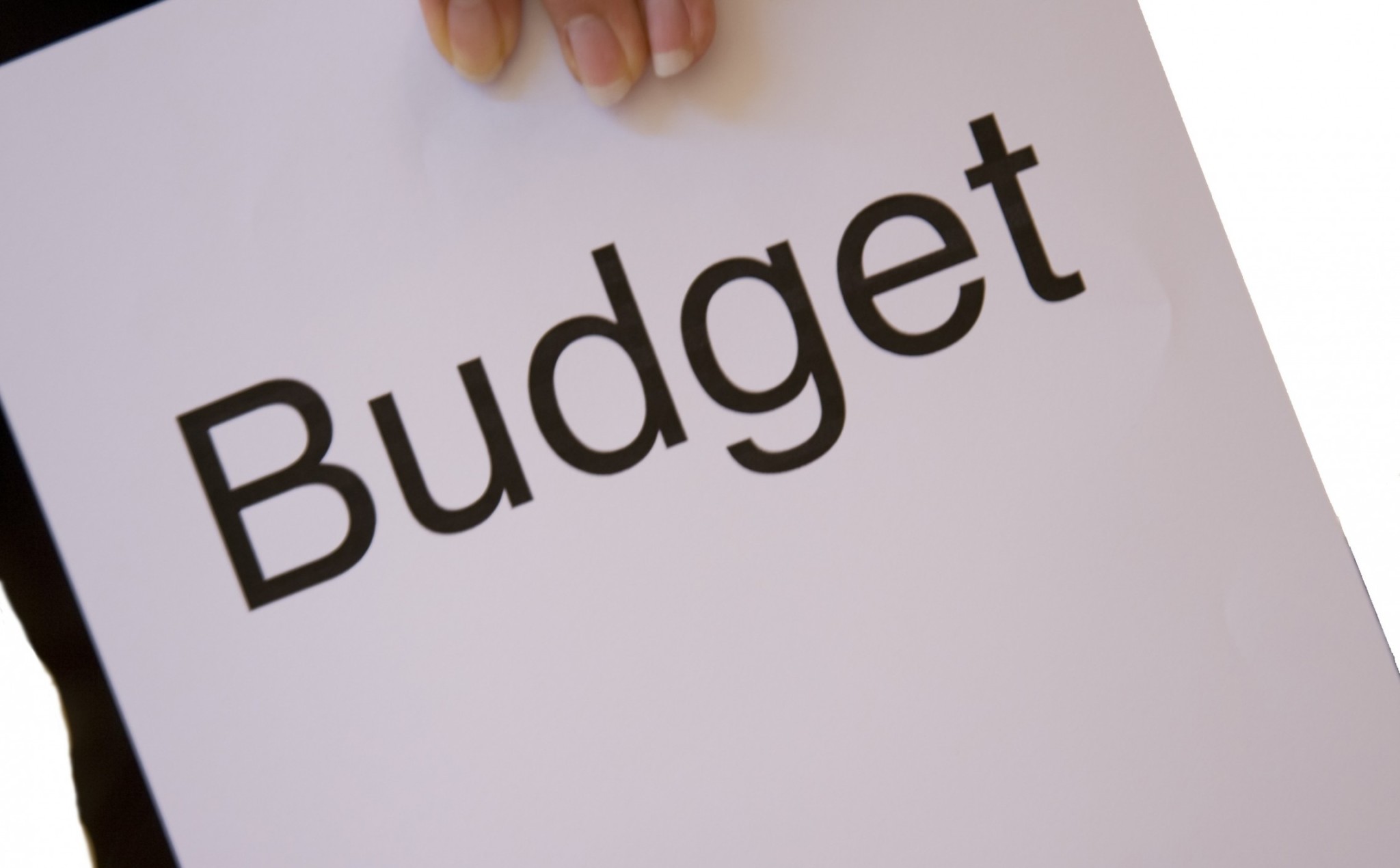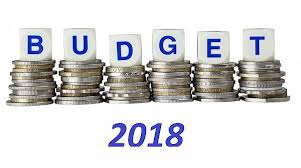Creating and sticking to a budget is one of the most fundamental steps towards achieving financial stability and reaching your financial goals. Whether you’re saving for a big purchase, paying off debt, or simply trying to manage your everyday expenses, a well-constructed budget is your roadmap to success. Here’s a step-by-step guide to help you get started and stay on track.
Step 1: Understand Your Income
The first step in creating a budget is knowing how much money you have coming in. This includes:
- Salary: Your take-home pay after taxes and other deductions.
- Side Hustles: Income from freelance work or part-time jobs.
- Other Sources: Any additional income, such as investments, rental income, or government benefits.
Total up all these sources to determine your monthly income.
Step 2: Track Your Expenses
Next, you need to understand where your money is going. Divide your expenses into two main categories:
- Fixed Expenses: These are regular, consistent payments such as rent/mortgage, utilities, insurance, and loan payments.
- Variable Expenses: These fluctuate each month and include groceries, dining out, entertainment, and other discretionary spending.
To get an accurate picture, track your spending for at least a month. You can use apps, spreadsheets, or even a simple notebook to record every expense.
Step 3: Set Your Financial Goals
Having clear financial goals will motivate you to stick to your budget. These goals can be:
- Short-term: Saving for a vacation, a new gadget, or an emergency fund.
- Long-term: Buying a home, saving for retirement, or paying off student loans.
Be specific about your goals and assign a dollar amount and timeline to each.
Step 4: Create Your Budget
Now it’s time to put it all together. Follow these steps to create your budget:
- List Your Income and Expenses: Write down your total income and itemize all your expenses.
- Allocate Funds: Ensure that your income covers all your necessary expenses. Use the 50/30/20 rule as a guideline:
- 50% for needs (rent, utilities, groceries)
- 30% for wants (dining out, hobbies)
- 20% for savings and debt repayment
- Adjust as Needed: If your expenses exceed your income, look for areas to cut back. This might mean dining out less, canceling unnecessary subscriptions, or finding cheaper alternatives for certain expenses.
Step 5: Monitor and Adjust
A budget is not a set-it-and-forget-it tool. Regularly review your budget to see how well you’re sticking to it:
- Monthly Check-ins: Compare your actual spending to your budgeted amounts. Adjust your budget if you consistently overspend or underspend in certain areas.
- Quarterly Reviews: Assess your progress towards your financial goals. Make any necessary adjustments to stay on track.
Step 6: Use Budgeting Tools
Take advantage of tools and apps designed to help you manage your budget:
- YNAB (You Need a Budget): Helps you assign every dollar a job and focus on future financial goals.
- EveryDollar: Simplifies budgeting with a user-friendly interface and zero-based budgeting approach.
Tips for Sticking to Your Budget
Creating a budget is one thing; sticking to it is another. Here are some tips to help you stay committed:
- Be Realistic: Set attainable goals and be honest about your spending habits.
- Stay Flexible: Life is unpredictable, so be prepared to adjust your budget as needed.
- Celebrate Milestones: Reward yourself when you hit financial milestones, no matter how small.
- Accountability: Share your budgeting goals with a friend or family member who can help you stay on track.
Conclusion
Budgeting is a powerful tool that can help you take control of your finances and achieve your financial dreams. By understanding your income, tracking your expenses, setting clear goals, and regularly reviewing your budget, you can create a sustainable financial plan that adapts to your life. Start today, and take the first step towards financial freedom!





Recent Comments